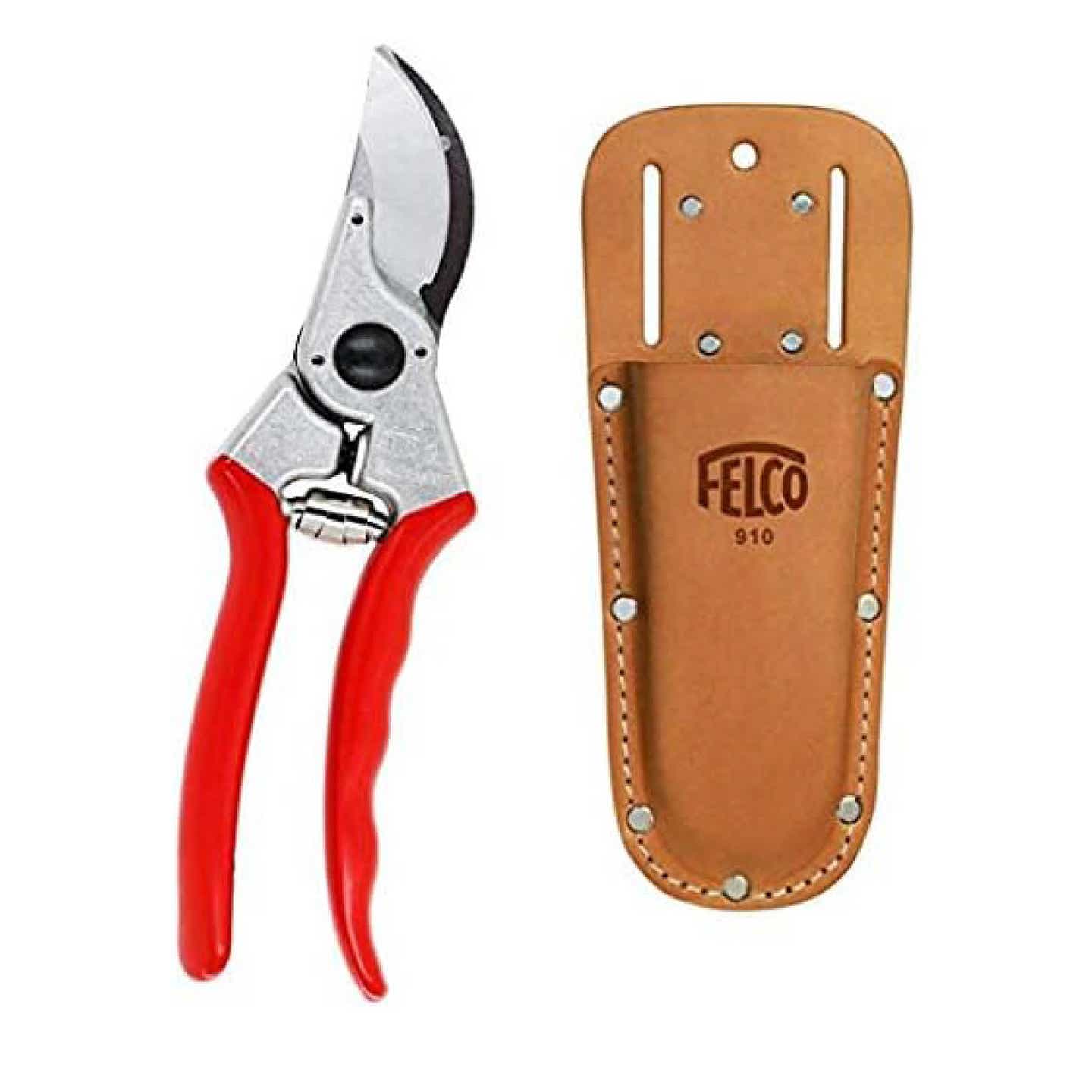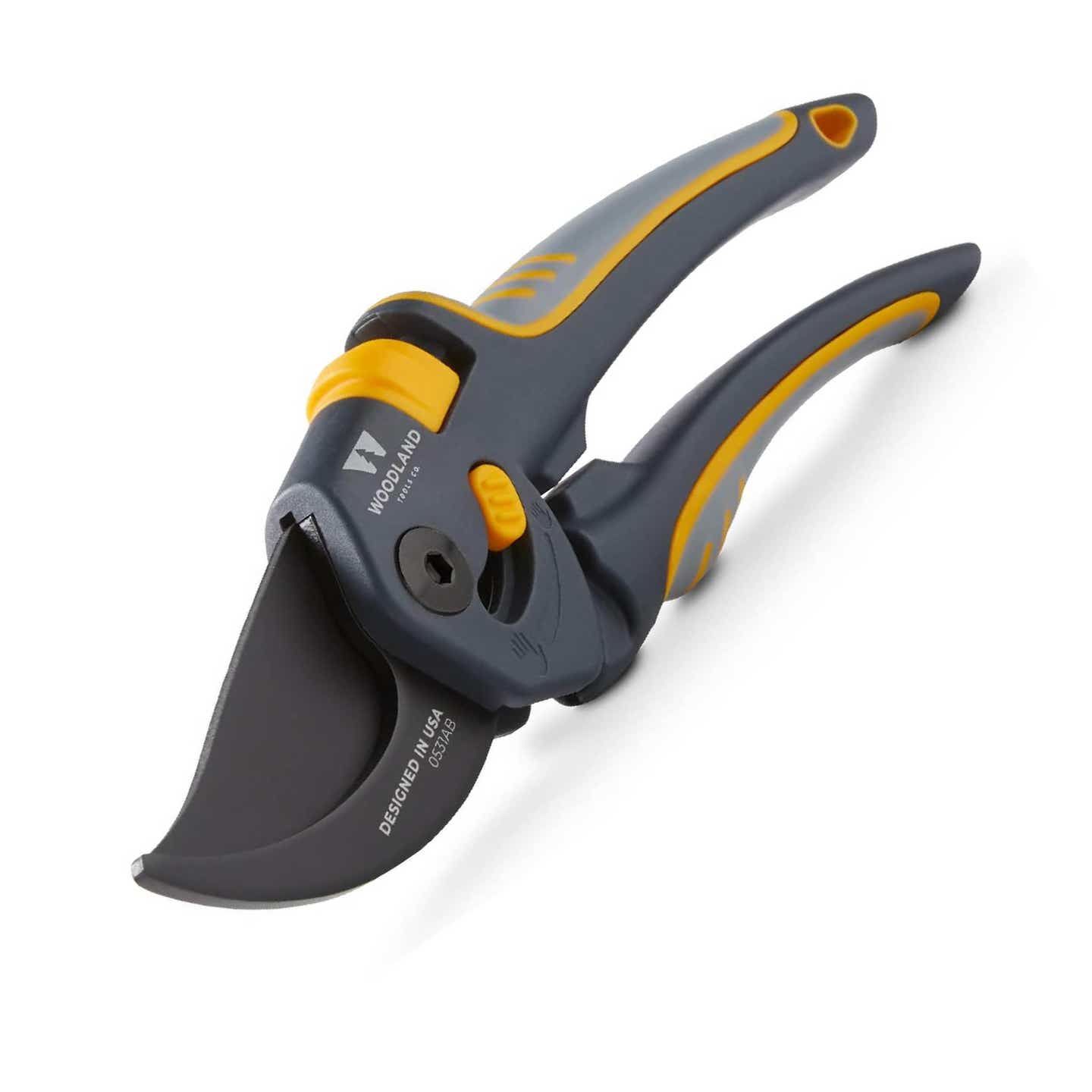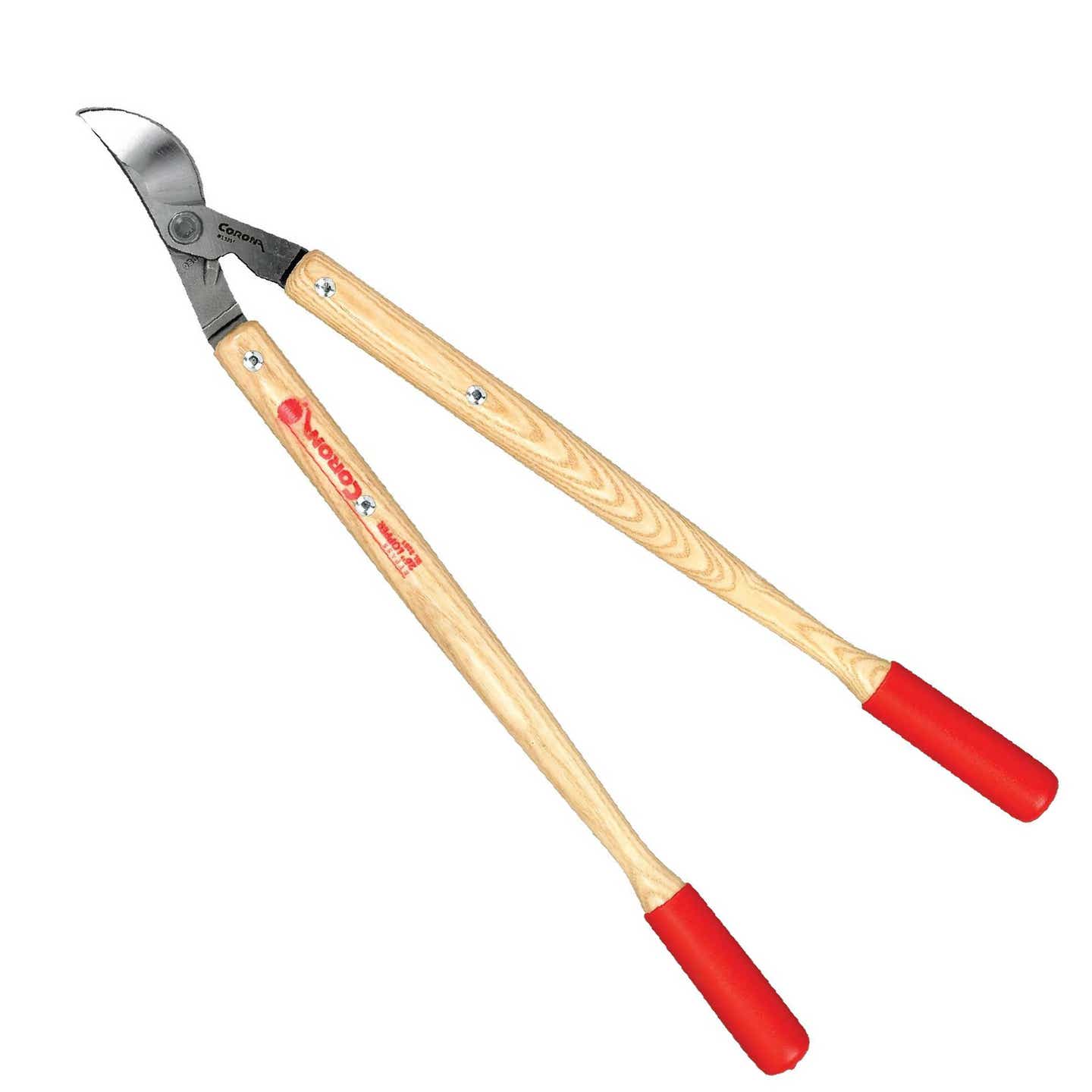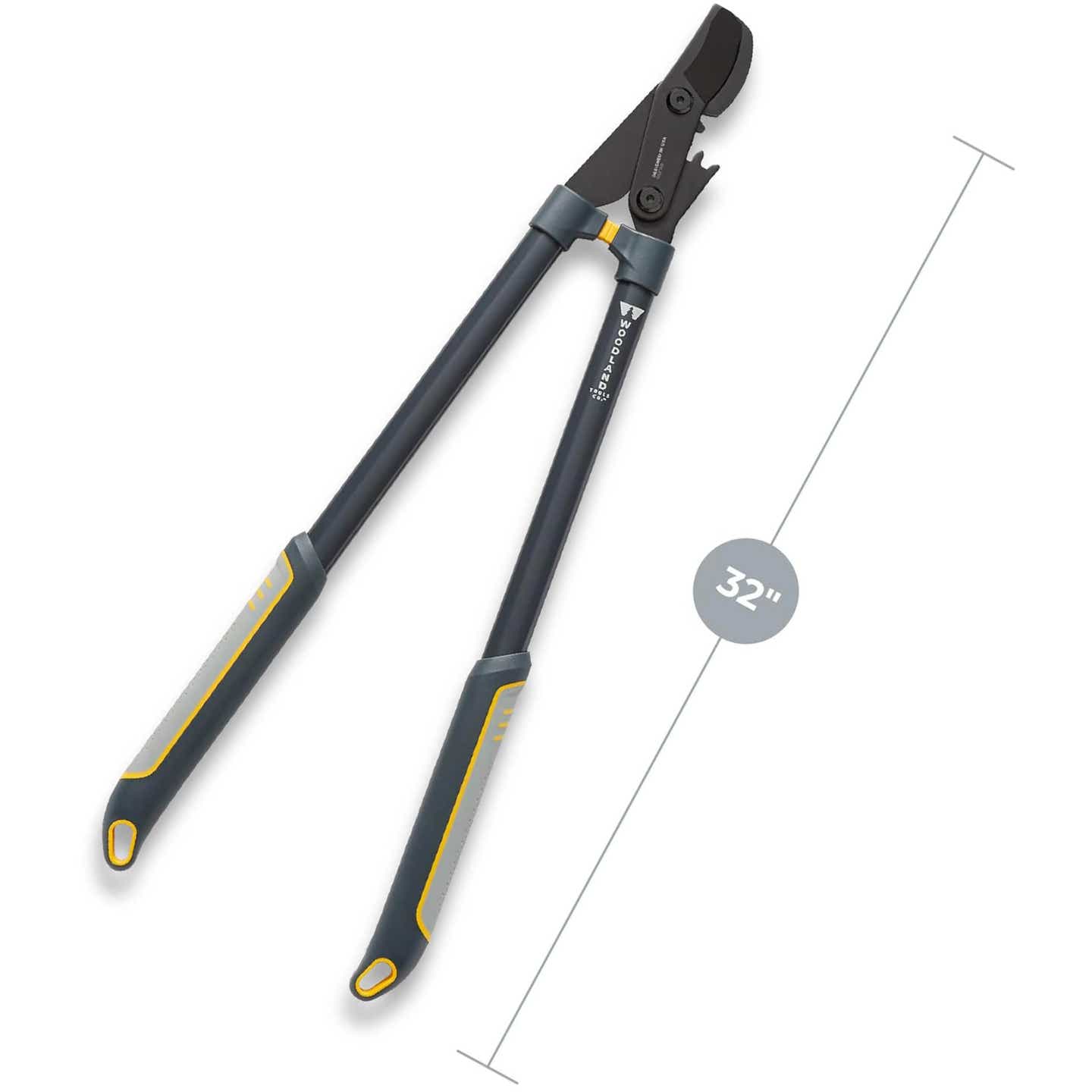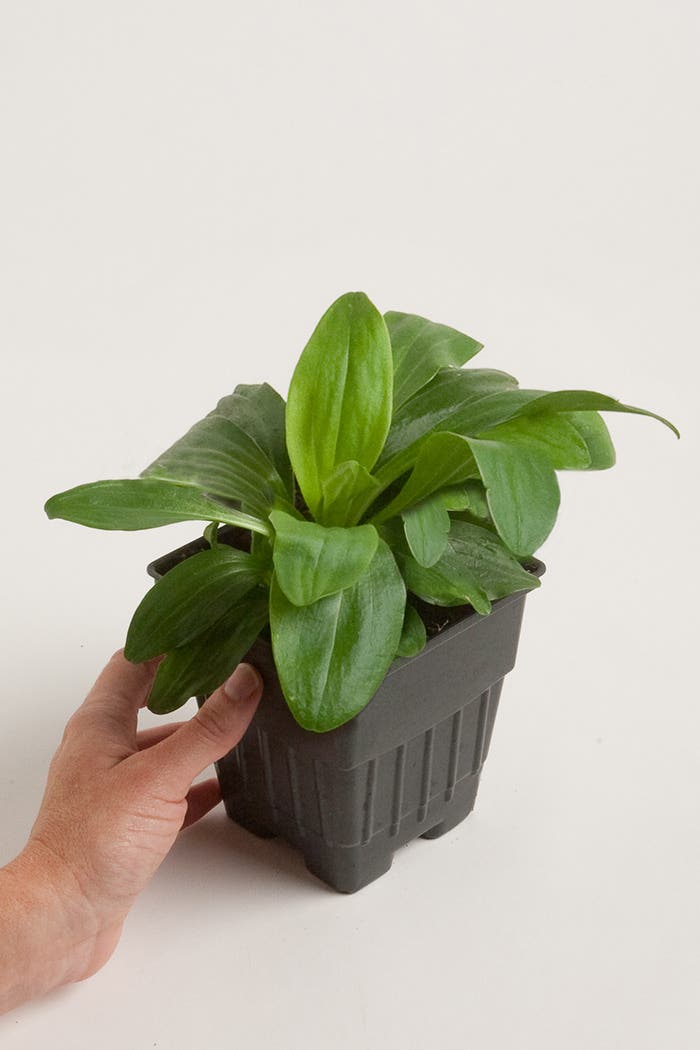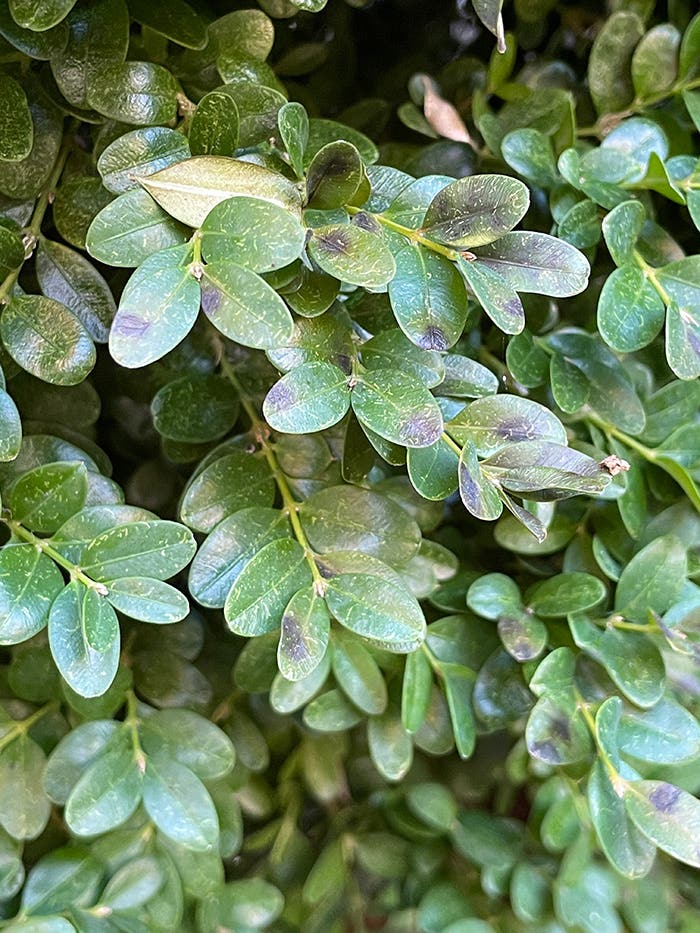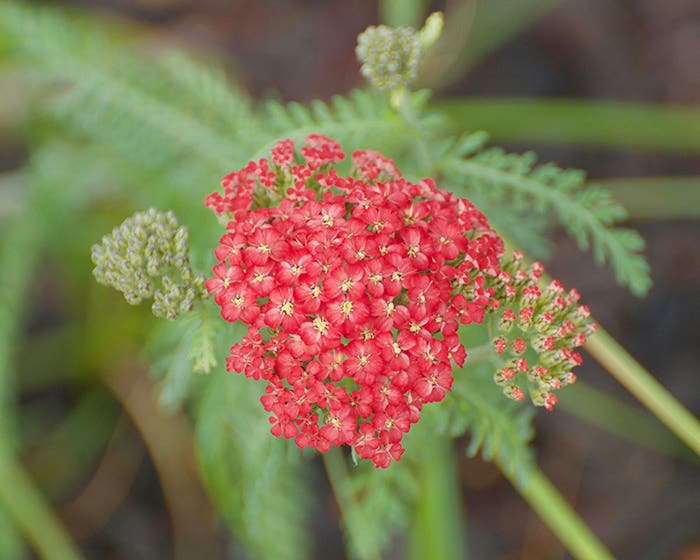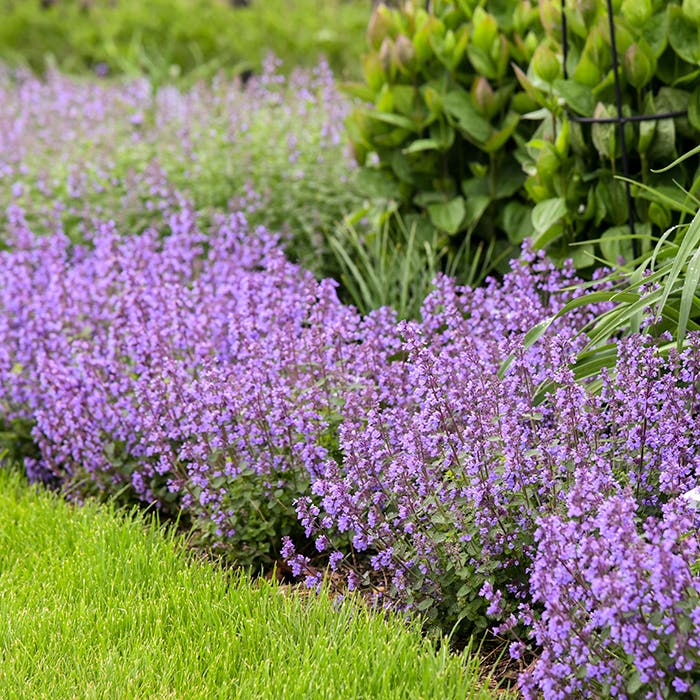Choosing Between Loppers and Hand Pruners
Learn the pros and cons to using one or the other
Pruning is easier and quicker when you use the right tools. The right tool not only saves you time and energy, but it also helps ensure that your plants remain free from damage. Two commonly used gardening tools for pruning are hand pruners and loppers. How do you know which one to use?
The width of the branches you plan to trim will determine whether you should use hand pruners or loppers. Using the wrong one can result in damage to both the tool and the plant.
Pruners
Pruners are one-handed tools used for smaller branches and stems around half an inch or less in width.
- Size: Small, handheld tool
- Blade Type: Typically bypass (scissor-like) or anvil (blade meets a flat surface) - see diffference between these below.
- Cutting Capacity: Up to about 1/2 inch diameter (unless you have very strong hands)
- Use Case: One-handed precision cuts
Best for:
- Deadheading flowers (e.g., roses, zinnias)
- Trimming soft stems or thin green branches (e.g., herbs, perennials, small shrubs)
- Light shaping of small shrubs or houseplants
- Harvesting fruits, vegetables, or cut flowers
See some of our picks for pruners below.
Felco 2 Bypass Pruner and Leather Holster
Woodland Tools Co. Super Duty MaxForce Bypass Pruning Shears
Loppers
Loppers are two-handed tools that are used for medium-size branches and stems that are too big for hand pruners but are thinner than 1.5 to 2 inches. (For thicker wood, use a pruning saw.)
Loppers
- Size: Long-handled tool, operated with both hands
- Blade Type: Bypass or anvil, just like pruners
- Cutting Capacity: 1 to 2 inches in diameter, depending on leverage and quality
- Use Case: Two-handed, stronger cuts with reach and force
Best for:
- Cutting thicker woody stems or branches (e.g., hydrangeas, lilacs, fruit trees)
- Removing dead wood in larger shrubs and small trees
- Reaching into deep shrubs without crouching or overextending
- Cutting back suckers or water sprouts from tree bases or trunks
See some of our picks for loppers below.
Corona WL 3351 Bypass Lopper
Woodland Tools Co. Super Duty 32" MaxForce Lopper
The Difference Between Anvil and Bypass Tools
In addition to selecting the right type of pruning tool, it is important to know whether to use a pair of anvil pruners or loppers or bypass pruners or loppers.
• Bypass pruners or loppers are the most common; these blades are best for cutting through live material. The upper blade passes the lower in a scissors-like motion, creating a clean slice. Make sure to keep the blades razor-sharp.
• Anvil pruners or loppers have a straight blade that slices to—rather than past—a lower, immobile base—making contact to the base once the branch/stem has been cut, basically smashing it. This blade isn’t as clean or precise as the bypass and should not be used on live wood.
When to Choose One Over the Other
- If the stem fights back or you have to squeeze really hard to make a cut with pruners — that’s lopper territory.
- If the cut is delicate or close to a bud — use pruners for accuracy.
- If your hands are sore or tired — loppers might give you better leverage with less fatigue, even for borderline cuts.
- If you're doing overhead work or reaching inside a dense shrub — loppers’ longer handles give you an advantage.
Loppers image credit: MarkusHagenlocher - Own work, CC BY-SA 3.0


